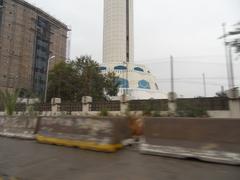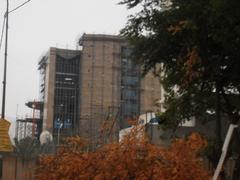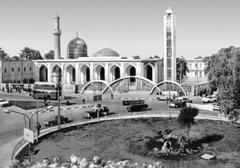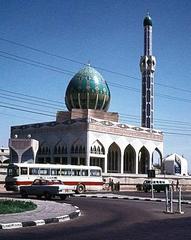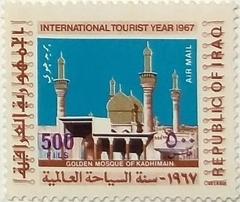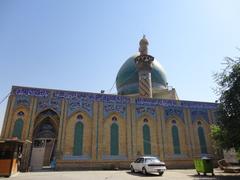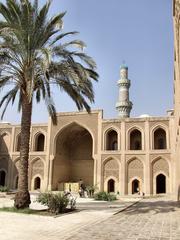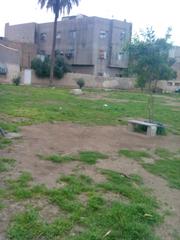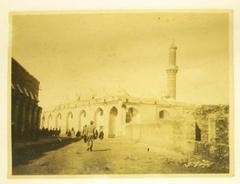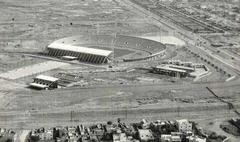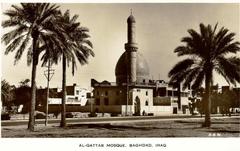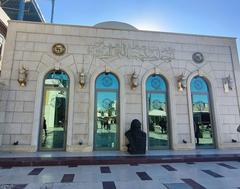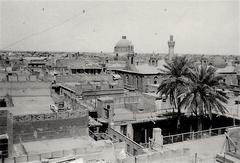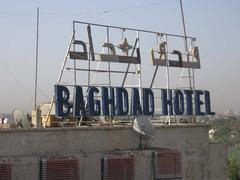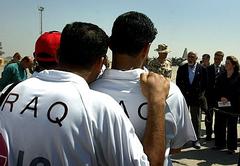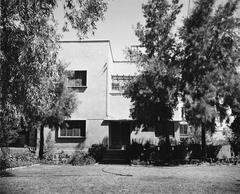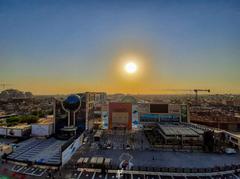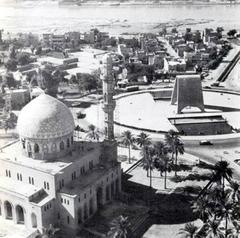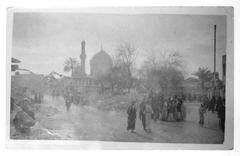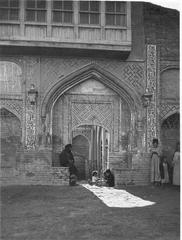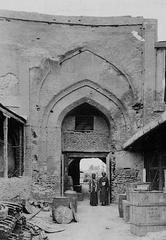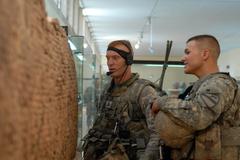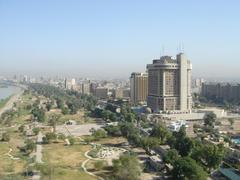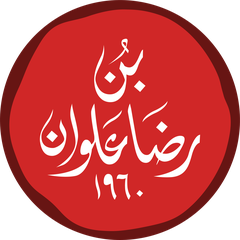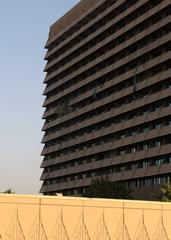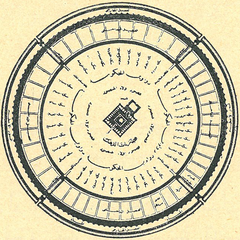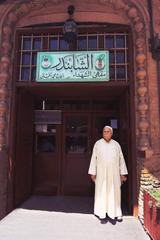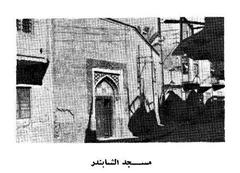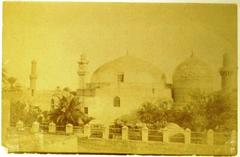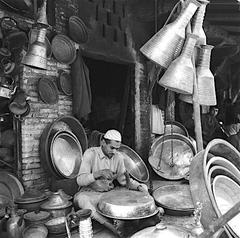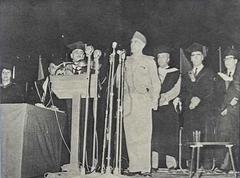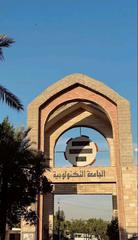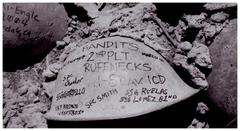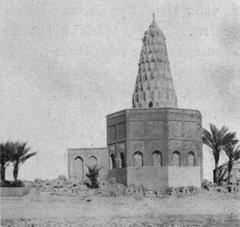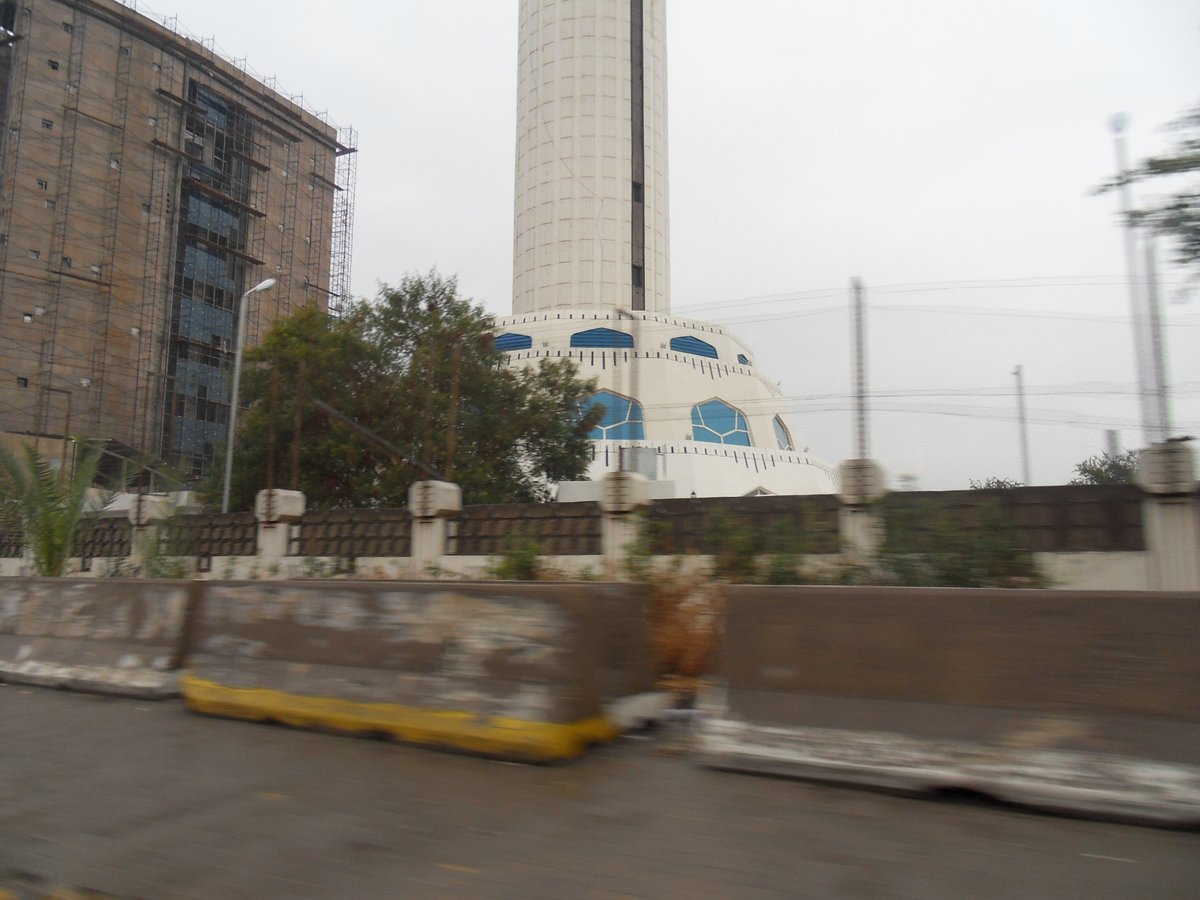
Visiting Sheikh Dhari Street: A Comprehensive Guide
Date: 25/07/2024
Introduction
Sheikh Dhari Street, or شارع الشيخ ضاري, is a historic and culturally significant thoroughfare in Baghdad, Iraq. Named after Sheikh Dhari al-Mahmoud, a prominent tribal leader known for his resistance against British colonial rule in the early 20th century, this street is a symbol of national pride and resilience (source). The street’s origins can be traced back to the Abbasid Caliphate, a period marked by Baghdad’s emergence as a center of learning and culture (source). Over the centuries, Sheikh Dhari Street has evolved, witnessing numerous transformations under various regimes, including the Ottoman Empire and the British Mandate (source). Today, it stands as a bustling hub that attracts poets, writers, artists, and tourists from around the world. This guide aims to provide a comprehensive overview of Sheikh Dhari Street, including its history, cultural significance, visitor tips, and practical information for an enriching experience.
Table of Contents
- Introduction
- Early Establishment and Significance
- British Mandate and Modern Iraq
- Cultural and Intellectual Hub
- Political Significance
- Modern-Day Relevance
- Visiting Hours and Tickets
- Special Events and Guided Tours
- Visitor Tips
- Restoration and Preservation Efforts
- FAQ
- Conclusion
Early Establishment and Significance
Sheikh Dhari Street’s origins can be traced back to the Abbasid Caliphate, a period marked by Baghdad’s emergence as a center of learning and culture. The Abbasid era, particularly during the 8th and 9th centuries, saw Baghdad flourish as a hub for scholars, traders, and artisans, contributing to its reputation as the “center of the world” (source).
Abbasid Caliphate Influence
The Abbasid Caliphate’s establishment of Baghdad as its capital in the 8th century was a pivotal moment in the city’s history. The strategic location of Baghdad on the Khurasan Road, an essential trade route, facilitated the influx of goods, people, and ideas from across the Middle East and beyond. This period saw the construction of monumental buildings, including the famous Round City of Baghdad, which featured four main gates leading to bustling markets and residential areas (source).
Ottoman and Safavid Periods
The Ottoman Empire’s rule over Baghdad from 1534 to 1917 brought about significant changes in the city’s urban landscape. The construction of al-Rasheed Street during this period was one of the few major developments, cutting through the city from north to south and becoming a vital commercial artery (source). Despite the neglect of many historical landmarks, the Ottoman period left a lasting impact on Baghdad’s architecture and urban planning.
The Safavid era, although brief, also contributed to Baghdad’s architectural heritage. The construction of the Golden Mosque of Kadhimain during this period is a testament to the craftsmanship and monumental architecture that characterized the Safavid influence (source).
British Mandate and Modern Iraq
Following the dissolution of the Ottoman Empire, Baghdad fell under the British Mandate in 1920 and subsequently became the capital of the independent Kingdom of Iraq in 1932. This period marked the beginning of modern Iraq, with significant political and social changes shaping the city’s development. The establishment of Sheikh Dhari Street during this time reflected the broader efforts to modernize Baghdad’s infrastructure and urban layout (source).
Cultural and Intellectual Hub
Sheikh Dhari Street, much like its counterpart al-Mutanabbi Street, evolved into a cultural and intellectual hub over the decades. The street became synonymous with Baghdad’s vibrant literary and artistic scene, attracting writers, poets, and intellectuals from across the country. The presence of numerous bookstores, cafes, and cultural institutions along the street fostered an environment of intellectual freedom and exchange (source).
Political Significance
Throughout its history, Sheikh Dhari Street has been a focal point for political activity and demonstrations. The street’s strategic location and its role as a gathering place for intellectuals and politicians made it a natural starting point for protests and political movements. Notably, the street played a significant role during the demonstrations against the British occupation of Iraq and various treaties concluded by the Iraqi government, such as the Portsmouth Treaty in 1948 (source).
Modern-Day Relevance
In contemporary Baghdad, Sheikh Dhari Street continues to be a symbol of the city’s rich cultural heritage and intellectual legacy. The street remains a bustling center of activity, with visitors including poets, writers, artists, and students, as well as tourists from around the world. The street’s vibrant atmosphere and historical significance make it a must-visit destination for anyone seeking to understand the cultural and intellectual fabric of Baghdad (source).
Visiting Hours and Tickets
While Sheikh Dhari Street itself is a public thoroughfare that is open to visitors at all times, specific attractions along the street may have their own visiting hours and ticket requirements. For example, the Shabandar Café and other cultural institutions typically have hours ranging from early morning to late evening. It is advisable to check the official websites or contact the venues directly for the most up-to-date information.
Special Events and Guided Tours
Sheikh Dhari Street often hosts cultural events, literary festivals, and art exhibitions, making it an exciting place to visit throughout the year. Guided tours are available for those who wish to delve deeper into the street’s history and significance. These tours often include stops at key landmarks, providing a comprehensive overview of the area’s heritage.
Visitor Tips
Best Times to Visit
Early mornings and late afternoons are ideal for avoiding the midday heat and enjoying the street’s lively atmosphere.
Nearby Attractions
Don’t miss nearby historical sites such as the Qushla Clock and various art galleries. These sites offer additional insights into Baghdad’s rich cultural tapestry.
Safety Considerations
While Baghdad has areas that are safe for tourists, it’s always best to stay informed about current travel advisories and local conditions. Engage with the local community and follow their guidance to ensure a safe and enriching visit.
Restoration and Preservation Efforts
Efforts to restore and preserve the historical and cultural landmarks along Sheikh Dhari Street have been ongoing. The restoration of iconic sites such as the Shabandar Café, which was destroyed in a suicide bombing in 2007, highlights the resilience and determination of the local community to preserve their heritage. The café, which has since been restored, continues to serve as a gathering place for intellectuals and a testament to Baghdad’s enduring cultural legacy (source).
FAQ
Q: What are the visiting hours for Sheikh Dhari Street?
A: Sheikh Dhari Street is open to the public at all times, but specific attractions along the street may have their own visiting hours. It’s best to check with individual venues for precise timings.
Q: Are there guided tours available for Sheikh Dhari Street?
A: Yes, guided tours are available and often include stops at key landmarks, providing detailed insights into the street’s history and cultural significance.
Q: What are the ticket prices for attractions on Sheikh Dhari Street?
A: Ticket prices vary depending on the attraction. Some cultural institutions may charge a nominal fee, while others are free to enter. It’s advisable to check in advance.
Q: Are there any special events on Sheikh Dhari Street?
A: Sheikh Dhari Street frequently hosts cultural events, literary festivals, and art exhibitions. Stay updated through official websites and local event listings.
Conclusion
In conclusion, Sheikh Dhari Street is more than just a historic road in Baghdad; it is a living testament to the city’s rich cultural and intellectual heritage. From its early days during the Abbasid Caliphate to its current status as a vibrant cultural hub, the street has played a significant role in shaping Baghdad’s identity. Visitors can explore a myriad of attractions, including traditional markets, intellectual cafes like the Shabandar Café, and historical landmarks such as the Qishleh Clock Tower (source). The street also hosts various cultural events, literary festivals, and art exhibitions, making it an exciting destination year-round. Safety considerations, local etiquette, and practical tips provided in this guide will ensure a memorable and enriching visit. Sheikh Dhari Street encapsulates the spirit of Baghdad, offering a unique window into its storied past and dynamic present. For the latest updates and detailed guides, follow our blog or social media channels.
